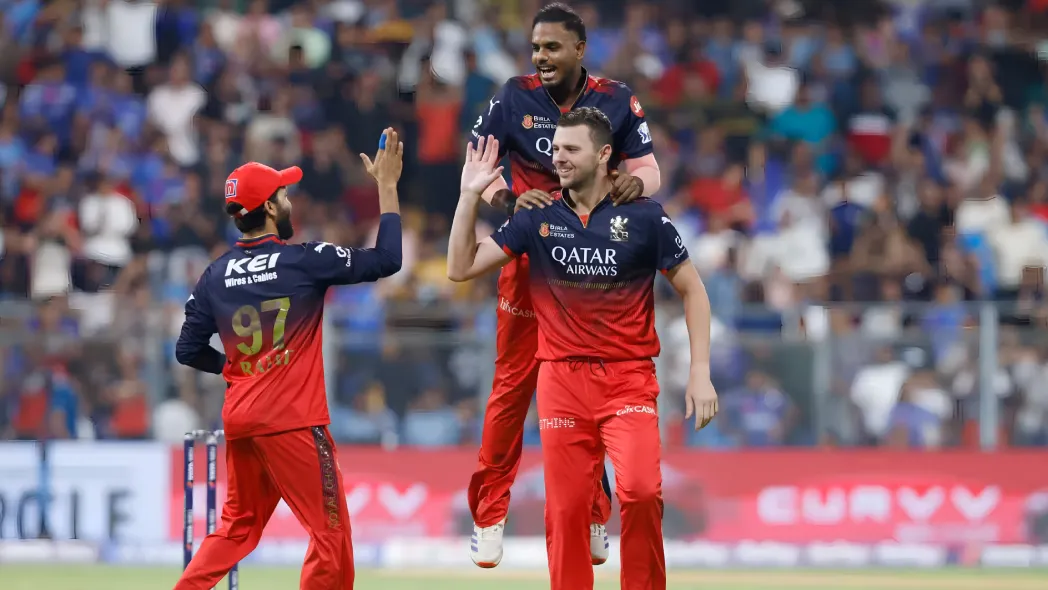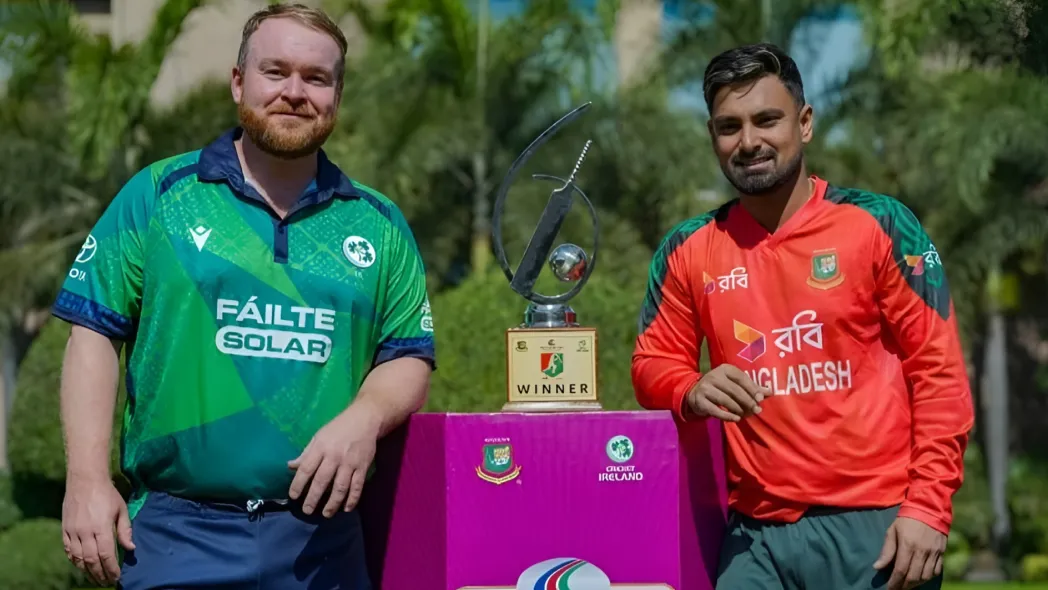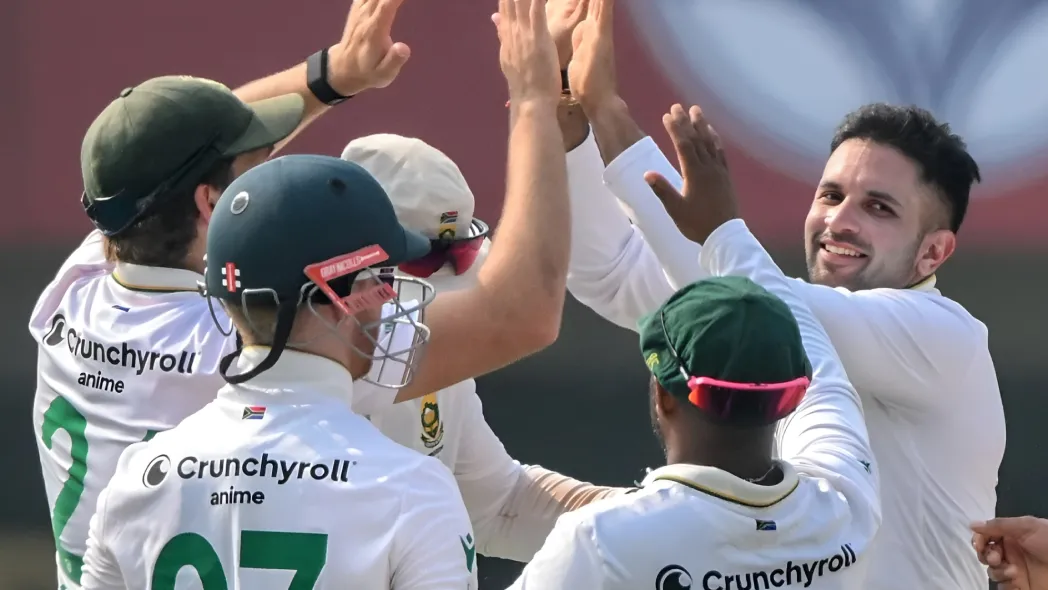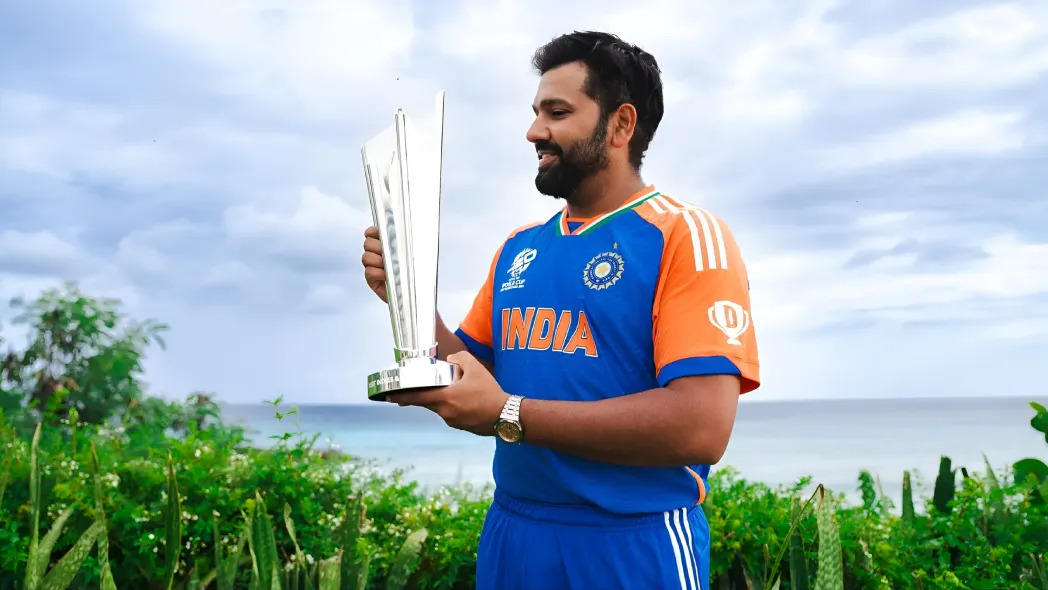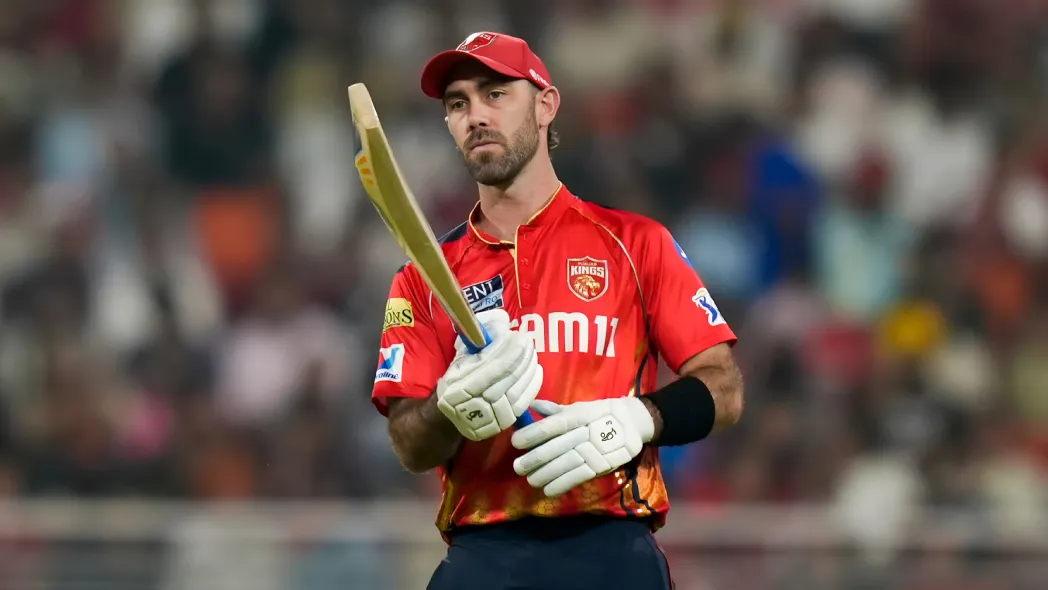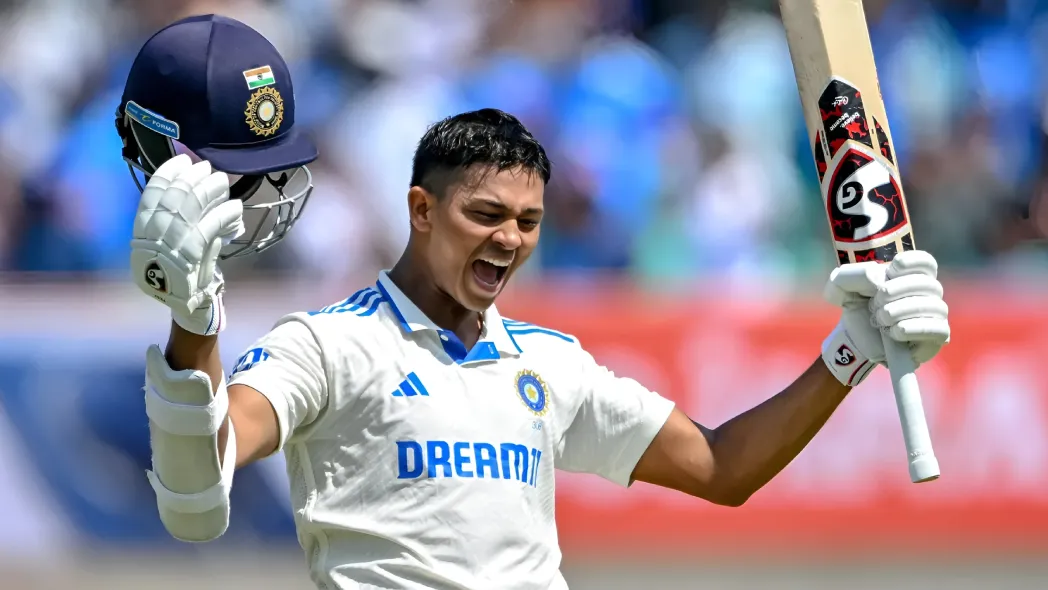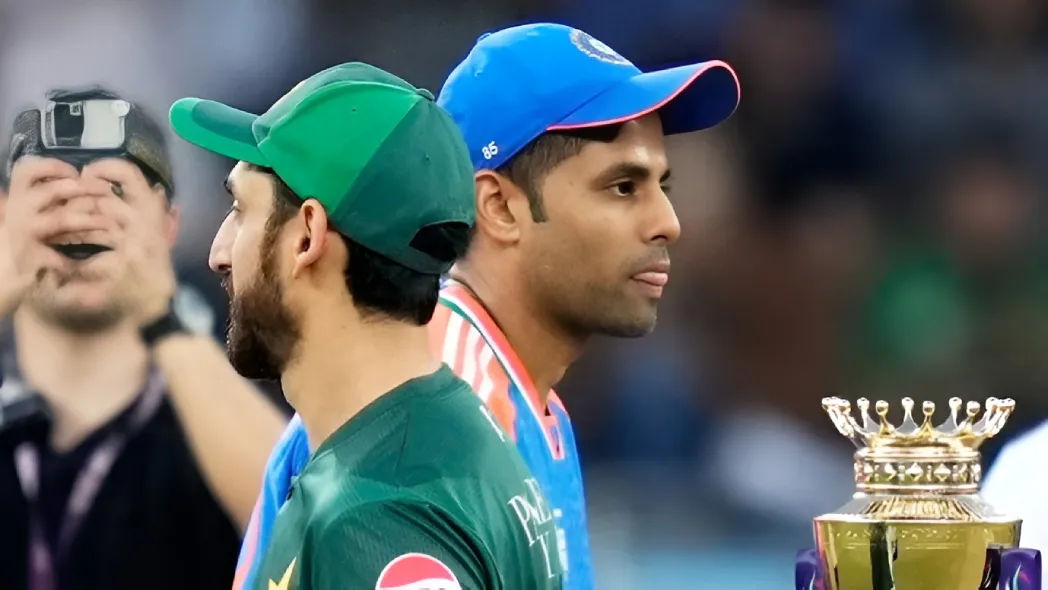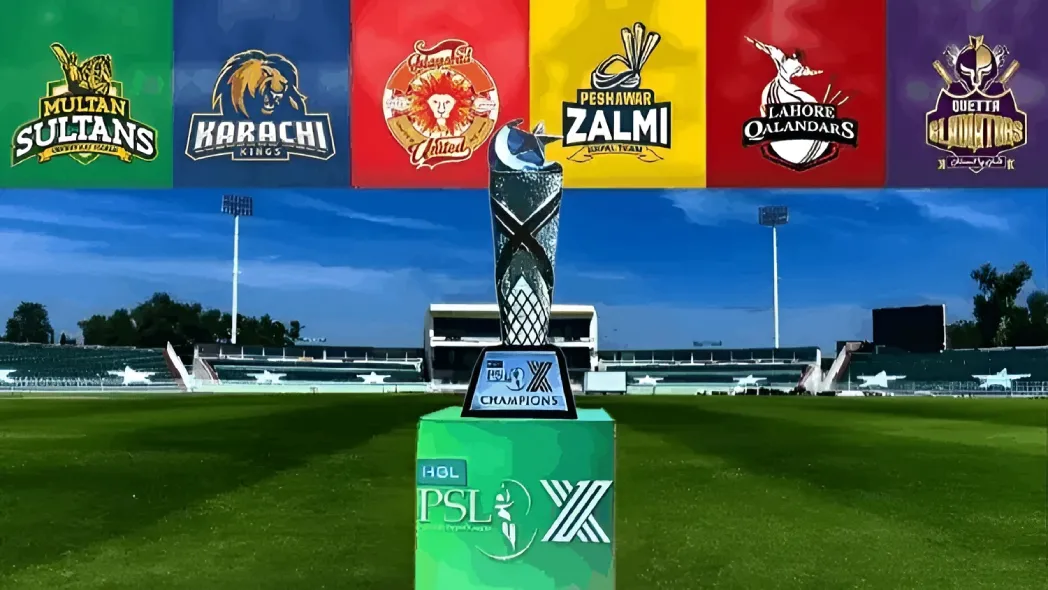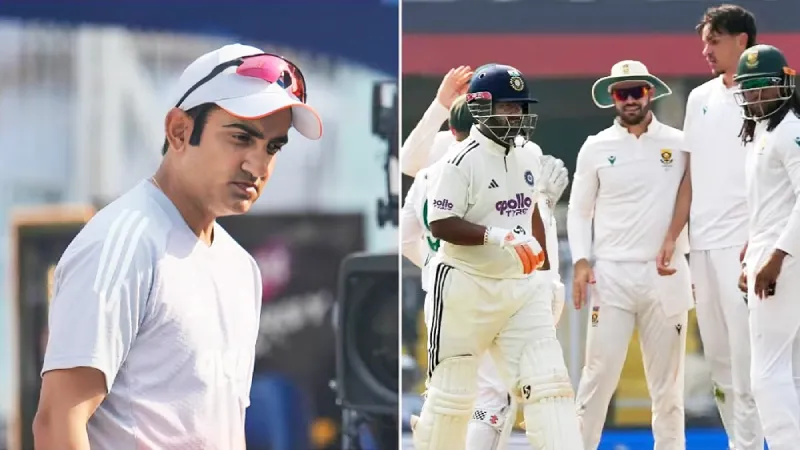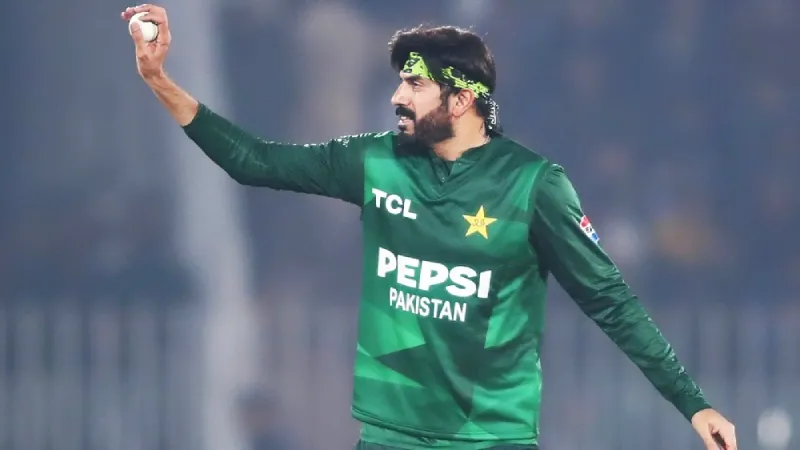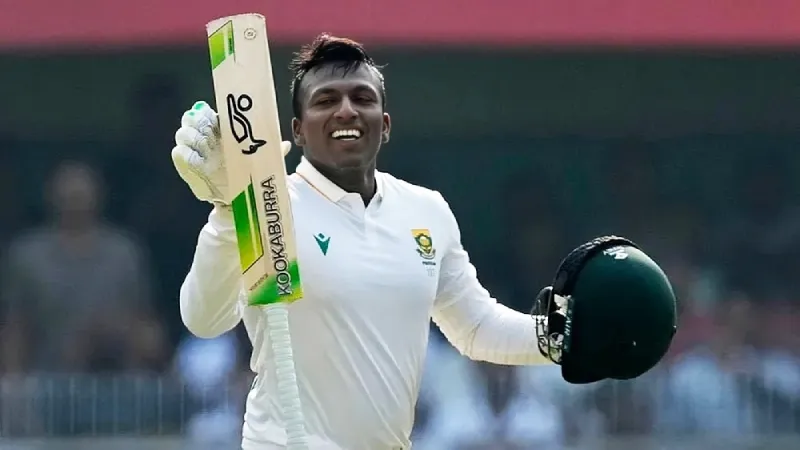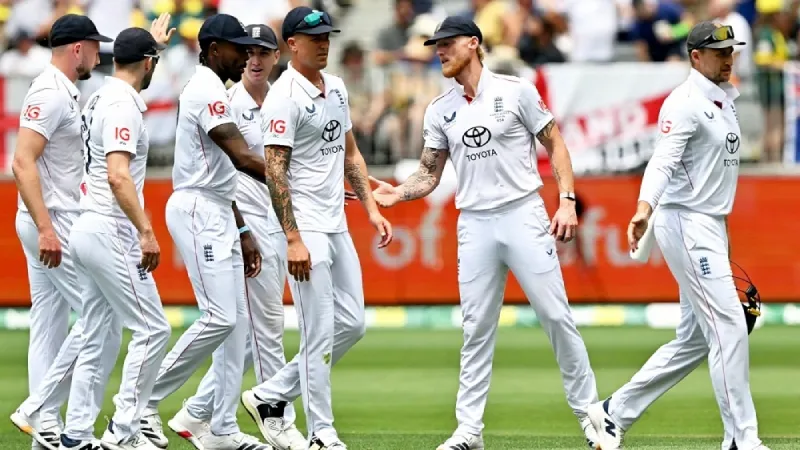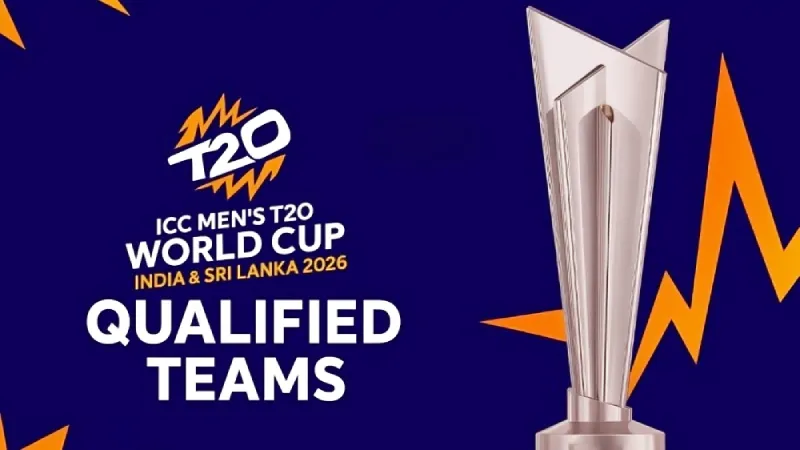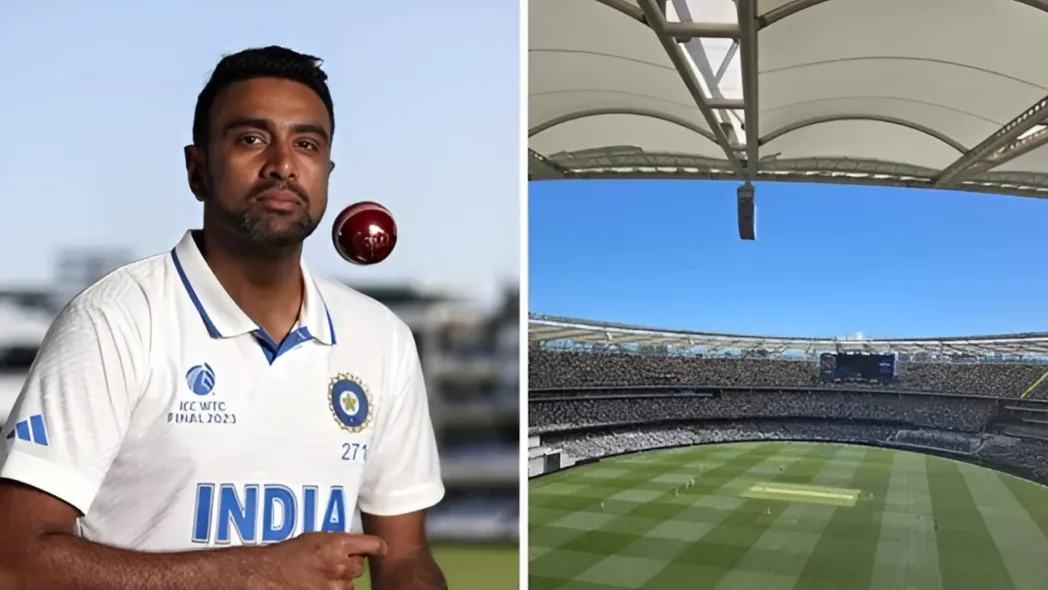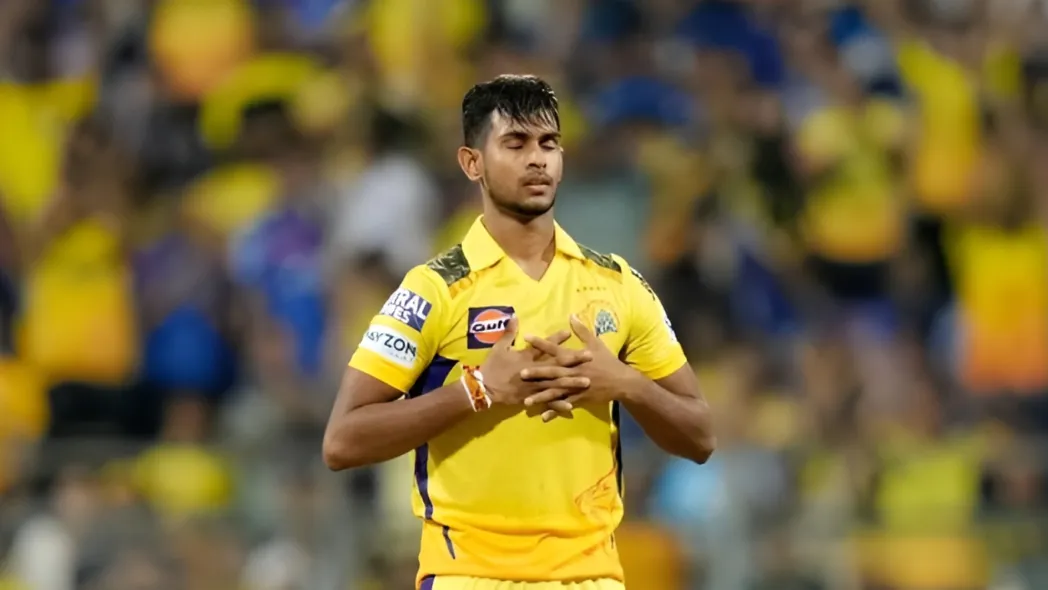Every T20 World Cup claims to be the most unpredictable yet, but for the first time, the 2026 version of the event can back those claims with figures. Twenty teams will compete at eight venues in two countries and will navigate a World Cup format that is as much a maze or obstacle course as it is the traditional route of a global championship. Right in the middle of this maze will be the defending champion India, who are looking to start their quest for a second title in a row when they play the USA in the opener at Mumbai in an effort to achieve a feat no side has achieved in the men’s T20 format.
It has been eight years since the sub-continent last staged the men’s T20 World Cup, and by all rights, it should have happened much sooner than that. The new format will host the tournament as an India-Sri Lanka co-hosted affair in eight cities – eight of the most iconic venues on the sub-continent (Ahmedabad, Chennai, Mumbai, Delhi, Kolkata, Colombo, Kandy & SSC) with a classic “old meets new” style to the whole spectacle. However, what lies beneath the surface of the glitz and glamour of these high-profile venues, and the new, expanded format, is a far more pertinent and interesting question: who are the teams capable of surviving this new format?
Forty group-stage games in 14 days, Super Eights beginning on February 21, semifinals split across Colombo and Kolkata/Mumbai, and a final on March 8. This is cricket’s version of an endurance sprint. Win quick, adapt quicker, and pray your squad rotation doesn’t implode.
A Rivalry Placed on a Knife-Edge
India and Pakistan meeting in Colombo on February 15 isn’t just a scheduling headline; it’s a psychological landmine placed in Group A. With the Netherlands, Namibia, and the unpredictable USA rounding out the group, one slip throws the entire Super Eights equation into chaos. Historically, a single upset in a 20-team field carries double the consequence; the 2026 draw isn’t forgiving.
Tournament Density Raises Tactical Complexity
The group stage runs from February 7–20, with barely any breathing space. Sides like Afghanistan, Ireland, and Zimbabwe, accustomed to frequent fixtures, might actually benefit from the compressed calendar. For bigger teams, rotation becomes a strategy rather than a luxury. Expect managers to treat travel schedules and recovery protocols as seriously as powerplays.
Spin, Dew, and Venue Personality
The eight venues, split across India and Sri Lanka, are not just stadiums; they’re characters in the story. Mumbai’s Wankhede adds pace and bounce; Chennai’s Chepauk will quietly smile while spinners feast; Ahmedabad remains the sport’s modern gladiator arena; and Colombo demands tactical flexibility. Teams that can morph between styles will thrive, especially sides like England, Afghanistan, and Sri Lanka.
Super Eights Will Expose Pretenders
The tournament’s real chess battle begins on February 21. The Super Eights reward only the most adaptable sides, and history shows it: in 2012 and 2016, sides that peaked early burned out by this stage. With only four spots for the knockout rounds, one tough venue switch can turn favorites into passengers.
The Rise of New Contenders
From Italy debuting on the world stage to Nepal’s relentless T20 energy, this is the most globally diverse T20 World Cup ever staged. USA, boosted by their 2024 scalp-heavy run, meet India on the opening day, a symbolic reminder that the gap is closing. Meanwhile, Canada and the UAE join Afghanistan and New Zealand in a Group D that feels like a wildcard division waiting to explode.
Competitive Parity Isn’t a Buzzword — It’s a Warning
Sanjog Gupta’s ICC CEO statement that there have been six champions of the World Cup since 2007 is factual rather than a public relations gimmick. There are many factors for this factually based reality. The 20 teams involved in this year’s competition will make the competition less stable than in previous years. Of all of the groups within this competition, the most unpredictable with the largest number of different styles of play from different cultural backgrounds would likely be group C. This group will consist of the West Indies, England, Bangladesh, Italy, and Nepal.
Key Takeaway
The 2026 T20 World Cup won’t be won by the flashiest team; it’ll be won by the most adaptable one.
FAQs
1. What makes the 2026 T20 World Cup unique?
Its 20-team structure, dual-host format, and intense scheduling make it the most demanding edition ever.
2. How will the India–Pakistan match affect Group A?
Even one result from that clash could reshape the entire Super Eights qualification scenario.
3. Which conditions will matter most?
Spin-friendly pitches, venue-specific bounce, and the challenge of switching between India and Sri Lanka.
Disclaimer: This blog post reflects the author’s personal insights and analysis. Readers are encouraged to consider the perspectives shared and draw their own conclusions.
Step into the world of cricket with JeetBuzz News—where expert opinions, trending Blogs, and behind-the-scenes insights meet all your favorite topics. Stay informed, stay entertained, and never miss the stories shaping the cricketing world—only on JeetBuzz News!


